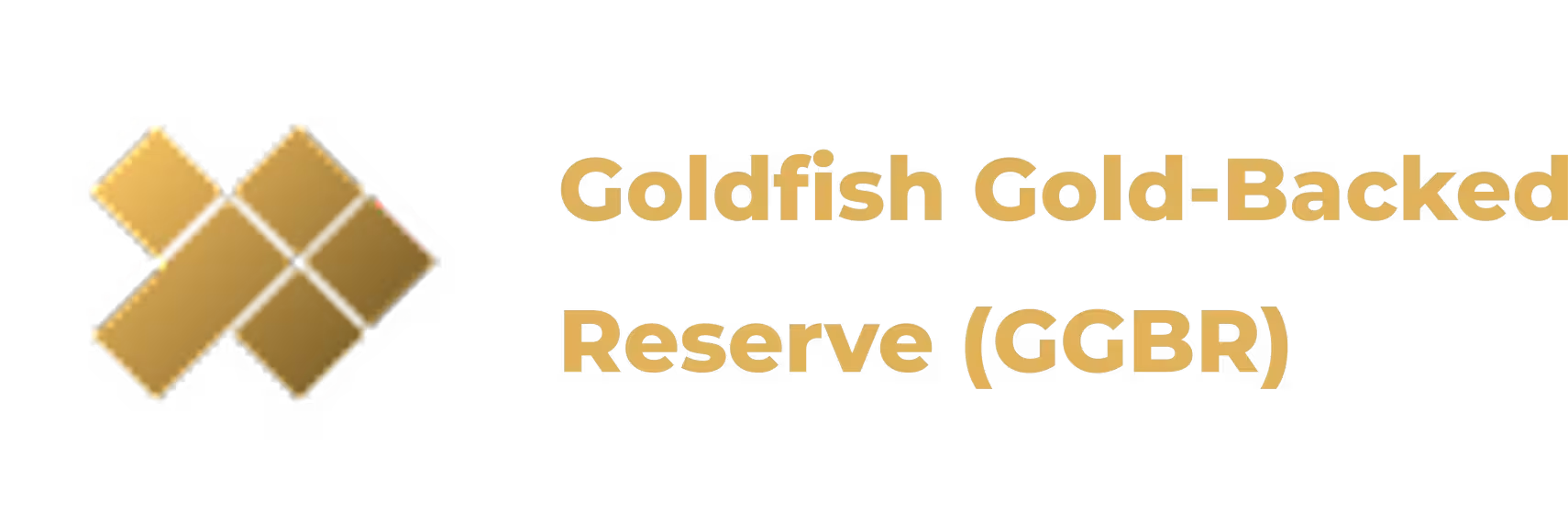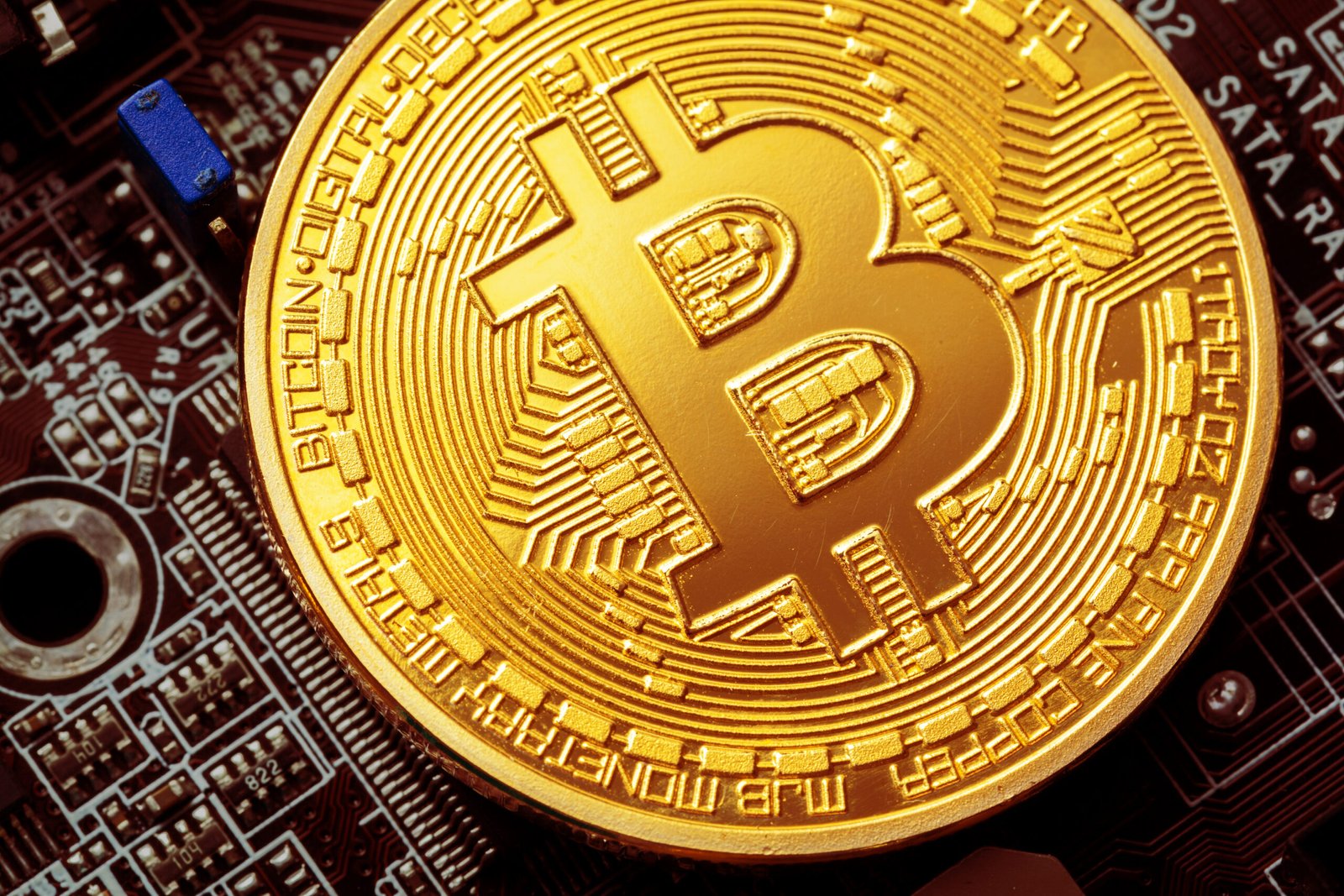Introduction
Gold has been one of the oldest and most reliable forms of wealth. For centuries, civilizations have trusted it as money and as a hedge against inflation. Investors in the United States continue to view it as a store of value, especially during uncertain markets. Yet, the financial world is evolving fast. New technologies and digital assets are reshaping the future of gold investment. One such innovation is Goldfish, a digital gold-backed asset. This article explores Goldfish vs. traditional gold in detail. We will compare how they work, their benefits, their challenges, and their role in modern portfolios. The goal is to give investors clear knowledge for making informed financial decisions.
What is Traditional Gold?
Traditional gold refers to the physical gold people buy and hold. It includes bars, coins, jewelry, and even paper-based gold investments like ETFs. For many, traditional gold is more than an investment. It is a symbol of wealth, security, and financial independence. Investors often choose traditional gold during economic downturns. It has a proven history of holding value when currencies weaken. For generations, it has served as a safe haven in times of war, inflation, or global crises.
However, traditional gold is not free from challenges. Physical gold requires secure storage. Vaulting, transport, and insurance costs add to the expense. Pricing can also vary because of dealer premiums and local spreads. These issues reduce efficiency and accessibility for modern investors.
What is Goldfish?
Goldfish is a modern digital asset designed to combine gold’s stability with blockchain’s efficiency. It does not represent paper promises. Instead, each unit is backed 5:1 by NI 43-101 verified in-situ gold reserves. These reserves are independently audited and confirmed through geological reports. Pricing is transparent. Goldfish follows the LBMA PM gold price +2% premium. This ensures fair value tracking and avoids the hidden spreads often seen in traditional markets. Unlike traditional gold, Goldfish does not require vaults or insurance. Investors hold it digitally with secure ownership records. Transactions are quick, borderless, and efficient. This makes Goldfish an attractive alternative for younger and tech-savvy investors.
Goldfish vs. Traditional Gold: Core Differences
The comparison of Goldfish vs. traditional gold highlights several key differences. Each offers unique advantages depending on investor goals.
1. Backing and Validation
Goldfish is backed 5:1 by reserves validated under NI 43-101 standards. Independent audits confirm the existence and security of those reserves. Investors can trust the digital asset is supported by real resources.
Traditional gold, by contrast, is only as reliable as its storage and authenticity. Owners must verify purity, store it securely, and manage risks of theft or loss.
2. Pricing and Transparency
Goldfish uses the LBMA PM benchmark with a clear premium. Investors always know how value is calculated. This eliminates confusion and hidden costs.
Traditional gold pricing depends on local dealers and market spreads. Two investors may pay different prices for the same asset. This creates inefficiency and reduces transparency.
3. Storage and Accessibility
Goldfish requires no physical vaults, guards, or transport. It is stored digitally and secured through blockchain records. Investors can access it anytime from anywhere.
Traditional gold demands physical storage. Vaulting, insurance, and transport costs reduce its efficiency. For global investors, cross-border ownership can be complex.
4. Liquidity and Trading
Goldfish can be traded instantly on digital platforms. Transactions settle quickly without waiting for physical delivery. This gives it high liquidity for both small and large investors.
Traditional gold can also be liquid, but trading often involves brokers, dealers, and delays. Delivery times and storage logistics slow the process.
Benefits of Goldfish Over Traditional Gold
Goldfish provides unique advantages in today’s fast-moving financial landscape.
- Transparency: Backed by independently verified reserves, investors know what they own.
- Security: Audited under trusted standards, it offers strong confidence in backing.
- Accessibility: Digital format makes ownership simple for U.S. investors and beyond.
- Efficiency: No storage, transport, or insurance costs reduce barriers.
- Global Reach: Easily traded across borders without restrictions or heavy logistics.
Traditional gold has value, but these digital benefits align better with modern financial systems.
Risks and Considerations
All investments carry risk, and Goldfish vs. traditional gold is no exception.
- Goldfish Risks: As a new digital asset, it depends on adoption, regulations, and investor trust. Market volatility may affect short-term value. Some investors may hesitate due to lack of familiarity.
- Traditional Gold Risks: Physical risks include theft, counterfeiting, and storage costs. Long-term storage also requires insurance and protection from damage.
Smart investors balance both. Traditional gold adds heritage and trust, while Goldfish adds efficiency and innovation. Combining them can create a stronger portfolio.
The Future of Gold Investments
The U.S. investment market is shifting toward digital solutions. Younger investors prefer assets that are transparent, efficient, and borderless. Goldfish fits that demand, offering stability with modern convenience. Traditional gold is not disappearing. It will continue as a hedge against inflation and economic uncertainty. Many central banks still rely on it as a reserve asset. Its reputation is unlikely to fade. Experts predict a hybrid future. Investors may hold Goldfish for flexibility and traditional gold for legacy security. Together, they create a well-diversified strategy for wealth protection.
Conclusion
The debate between Goldfish vs. traditional gold highlights the evolution of gold investing. Traditional gold offers history, stability, and cultural trust. Goldfish introduces transparency, accessibility, and digital innovation. For U.S. investors, the smartest strategy may not be choosing one over the other. Instead, combining both assets provides resilience and growth potential. With its NI 43-101 verified reserves and pricing based on the LBMA PM gold price +2% premium, Goldfish represents the next chapter in gold investing. As markets evolve, investors should stay informed, diversify, and embrace innovation while respecting tradition.



